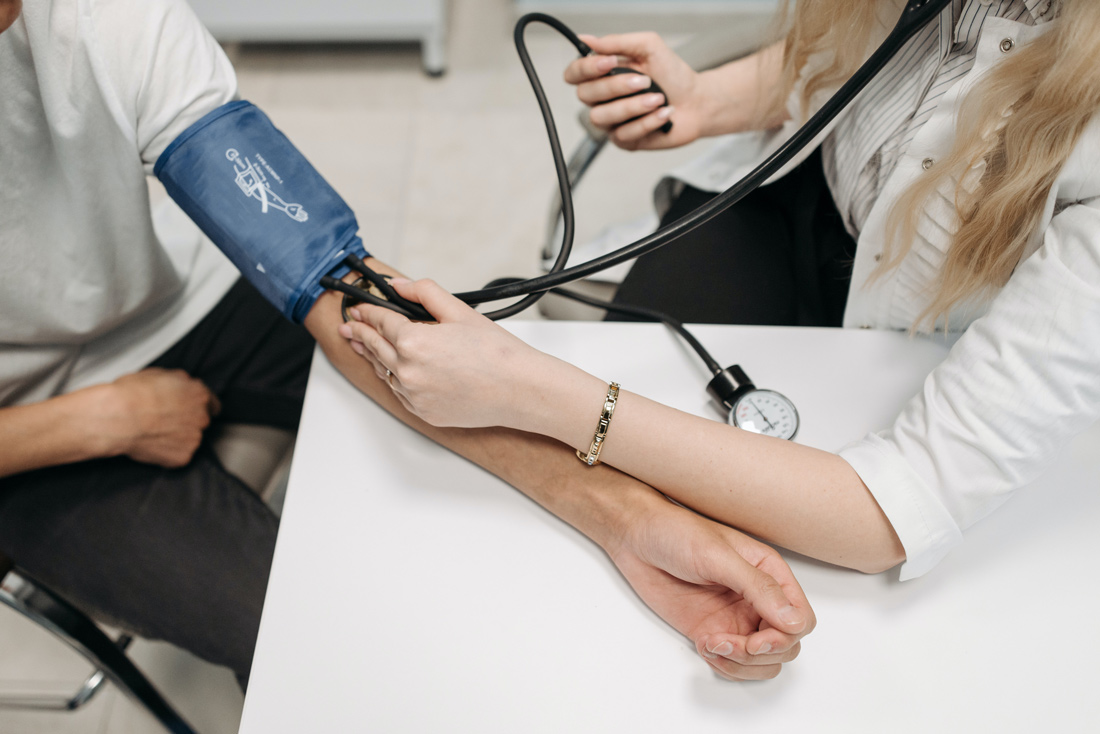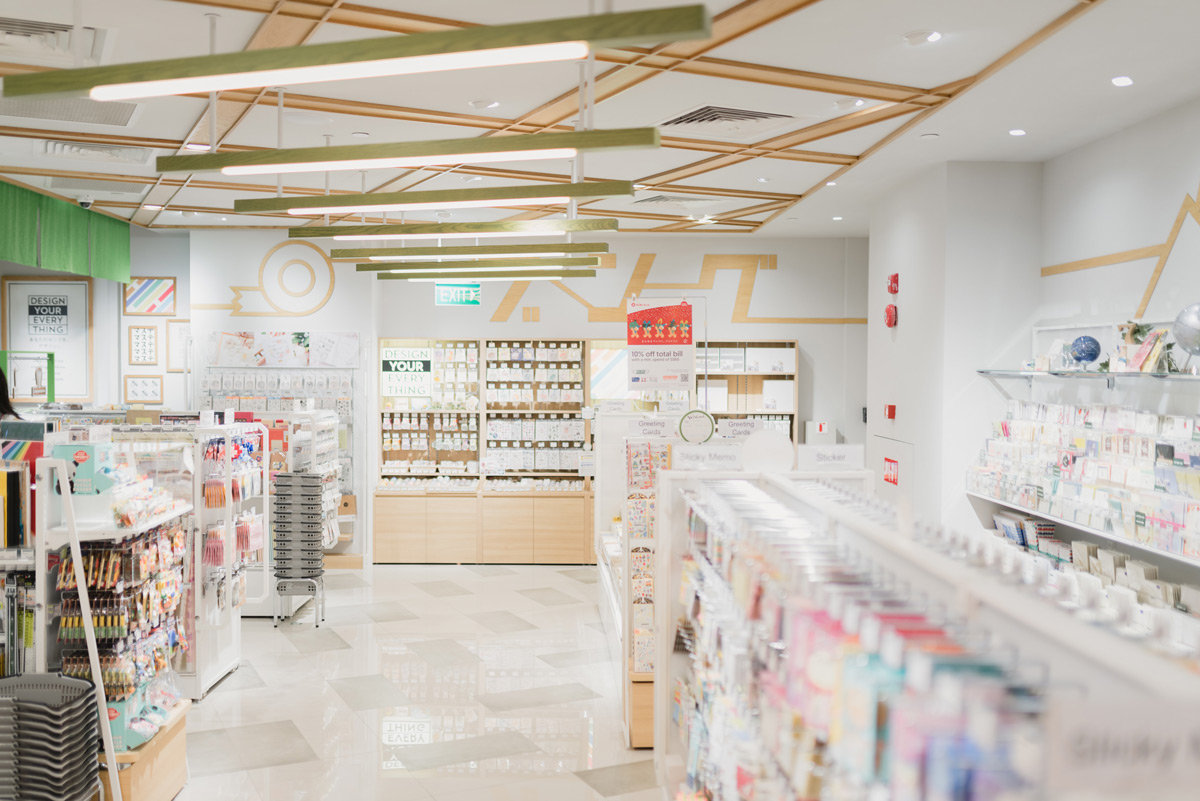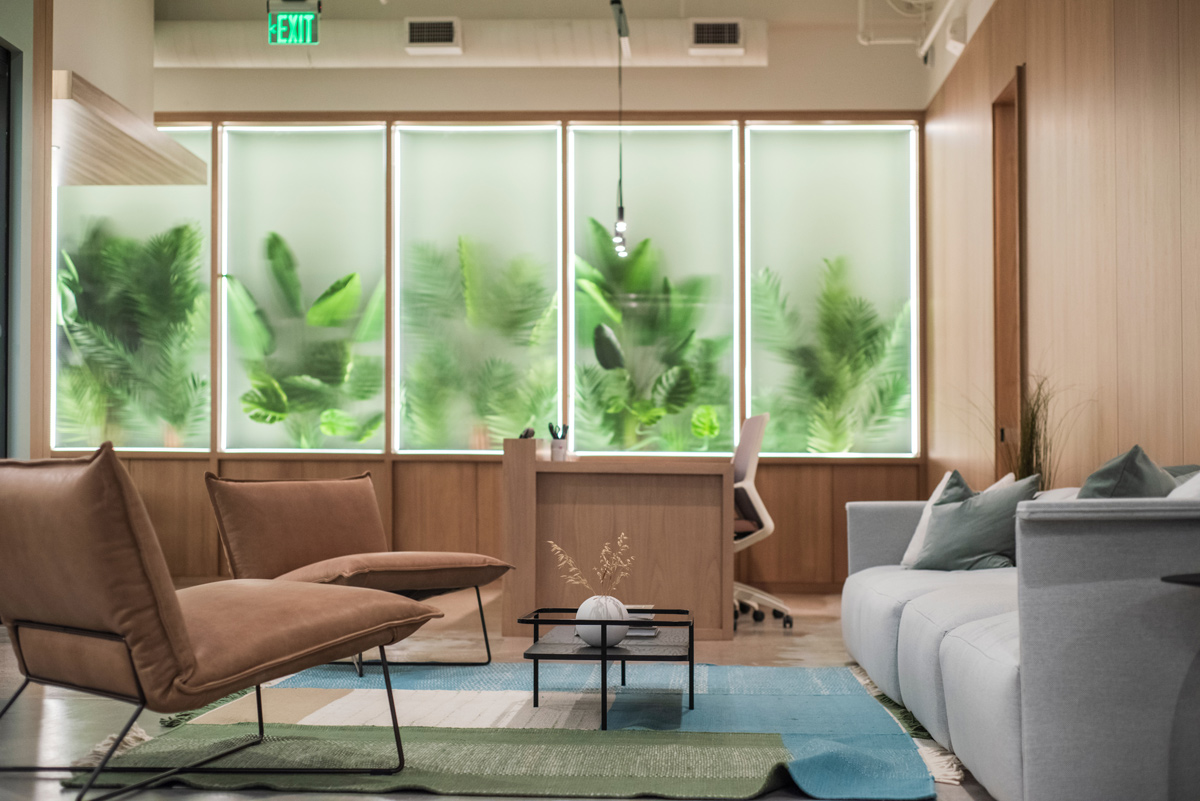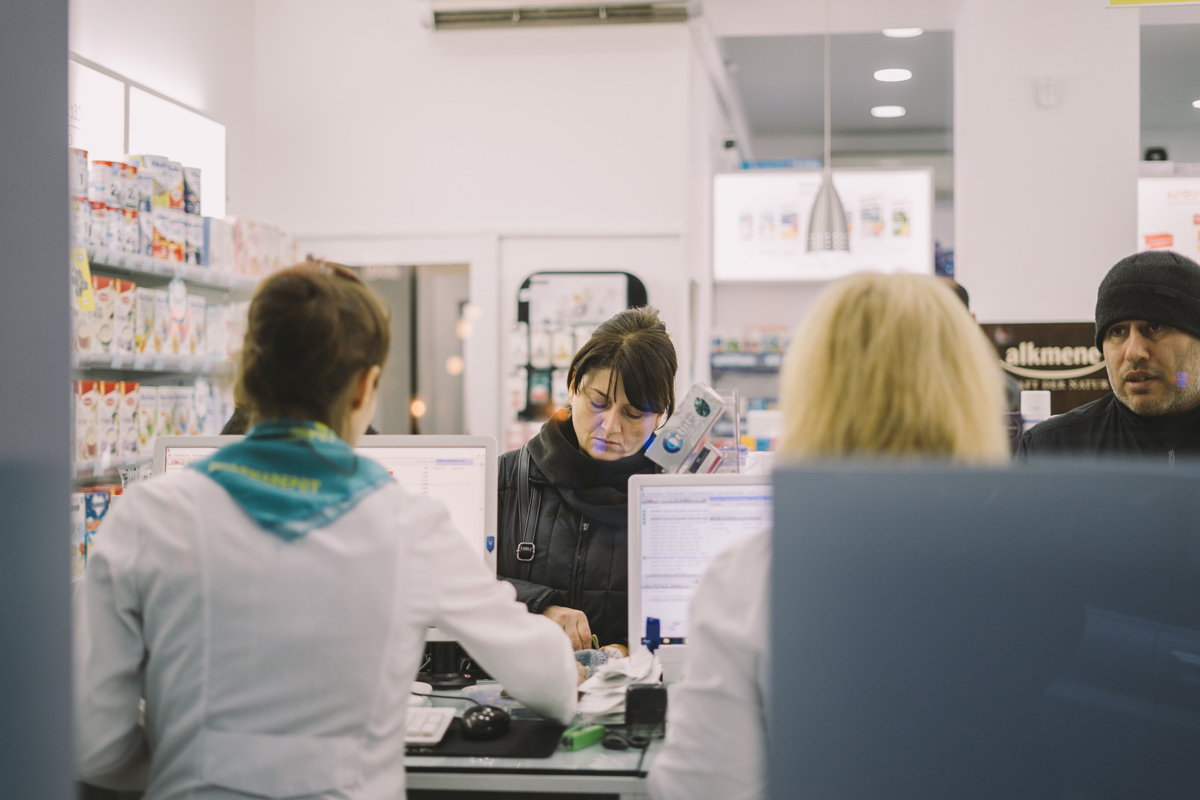It’s time to rethink the traditional pharmacy, from its purpose to its experience.
This wouldn’t be the first evolution. You would be hard-pressed to find a pharmacy with a soda fountain today like you could in the ’50s, and just a few short years ago, leading pharmacy brands like CVS decided it was finally time to stop selling tobacco. Why? Because the meaning of health has evolved and continues to evolve, it’s time for the pharmacy to change again along with it. The future of pharmacy is fueled by a set of needs, some new, some that have been slowly burning in the minds of consumers and healthcare professionals, but all important.
The timing couldn’t be more appropriate, as many pharmacies struggle with declining reimbursements, poor medication adherence, increasing online competition, and demands from health-conscious individuals looking to do more than treat symptoms.
A more complex definition of health means that for pharmacies to be the face of neighborhood healthcare, they’ll need to reimagine their role and the experience they provide.

Mental Health Crisis: A Second Pandemic
The Covid-19 pandemic changed lives dramatically. Health issues, economic hardships, fear, and stress ensued, and it quickly became obvious that the virus wasn’t the only health concern many were grappling with as they navigated uncertain times.
Mental health professionals began posing the possibility that a second pandemic was underway—one that would expose the lack of resources available for people struggling with their mental health.
In 2021, CVS Health launched in-store counseling, which opened in locations where consumers were unable to access and afford private therapy. Resembling traditional doctor’s offices, therapists’ private offices are located inside CVS Minute Clinics, providing reassurance that patients are receiving high-quality care.
Other pharmacies like Rite Aid and Walmart began offering affordable mental health support options as well, including counseling services with licensed behavioral health clinicians to help patients cope with anxiety, stress, and depression.
Nearly 90% of all U.S. residents live within 5 miles of a pharmacy, according to the Journal of the American Pharmacists Association. By offering critical mental health services, more pharmacies can close significant gaps in care left in the pandemic’s wake.

Consumers Want a Holistic Experience
The wellness economy is worth nearly $450 billion in the United States alone and is growing more than 5% each year. At the same time, the U.S. pharmacy market is projected to grow to more than $861 billion by 2028. There are remarkable opportunities for pharmacies to expand their services as more shoppers are seeking holistic experiences that offer well-being strategies.
According to global mall group Westfield, 78% of shoppers want in-store health experiences. That’s up 20% from 2019. Rather than simply a place to fill prescriptions, evolving pharmacies need to create clinics that offer holistic services within their retail locations.
Walk into The Organic Pharmacy’s sleek U.K. store, and you’ll find a concept that embodies some of the latest trends in holistic wellness, from skincare to bioenergetic scans. Enter one of the retailer’s consultation pods to learn more about how these three-minute scans can detect health conditions like infections, vitamin deficiencies, hormone imbalances, or food intolerances—then shop for your specific needs.

Pharmacy As a Nutritional Space
Pharmacies are a highly competitive business. Surviving generation after generation has meant evolving to meet customers’ needs and refocusing their brands to better reflect what customers want.
Today, it’s still common to walk into nearly any pharmacy and see aisles upon aisles of candy, salty snacks, and sugary drinks. Yet future pharmacies will no longer claim to be focused on health while creating an environment that encourages unhealthy choices. By taking it a step further and offering consultations on vitamins and wellness products, pharmacies can be the new one-stop shop for wellness.
Coastal Pharmacy & Wellness, an independent pharmacy in Portland, Maine, does much more than fill prescriptions—it stocks nutritional products from more than 150 vendors. Five wellness specialists research and select vitamins and supplements for customers, many of whom only visit the pharmacy destination for its wellness expertise.
Modern consumers are paying more attention to their diets than ever. Nielsen reports that 60% of Americans use diet to manage their chronic health conditions. With an estimated 133 million Americans suffering from at least one chronic illness, there is value in bringing nutritional intelligence into the pharmacy.
Several major pharmacy brands like CVS have recalibrated their food focus by expanding their healthy food and snack options. Yet still, only 25% of checkout space at the national retailer is now occupied by healthy items rather than sweets. Is it enough that you can now access healthy whole foods at some local convenient stores?
At Belgian pharmacy Van Dijck, customers can enjoy a refreshment station that offers fresh fruit-infused water, while Harpell Pharmacies in New York City offer cold-pressed juices that arrive at customers’ doorsteps for at-home cleanses.

An Aesthetic Facelift: From Cold to Inviting
It’s a classic look: Draining fluorescent lights, white epoxy floors, rows of products, and a fixed pharmacy window often in the back (so you must walk through rows of products to reach your destination). It’s the typical not-so-appealing look of today’s pharmacies, and it quite honestly feels like the place to be sick, not the place to get and stay healthy.
Yet some fresh-on-the-scene brands see brick-and-mortar as a blank slate—an opportunity to create a calm and relaxing setting that considers omnichannel retail. A 1,900-square-foot space in Brooklyn is one of the latest examples of pharmacies challenging the usual uninviting aesthetic. U.S. prescription app Medly opened its first brick-and-mortar store with the goal of enticing customers to a relaxing setting where calm aqua-blue interiors and minimalist display shelving set an inviting tone.
A pharmacy’s appearance matters more than many think. A study published by the Royal Society of Public Health in England found that the “architecture of pharmacies,” or how pharmacy spaces are designed, can impact how users participate in community-based pharmacy health services.
The study concluded that for pharmacies to optimize how pharmacy health services are delivered and experienced, spaces should be engaging and inclusive.
Those findings aren’t necessarily unique to pharmacies versus other healthcare settings. Researchers who have examined the impact of salutogenic architecture, or how an environment supports the healing process, have found that space design can improve health outcomes. For example, one study found that lighting, sounds, and the comfort of seating areas can all impact a patient’s mental well-being.
A pharmacy’s environment reflects the type of relationship it hopes to foster with patients. The appearance reinforces a consistent state of mind that a pharmacy is projecting, which then fosters brand loyalty. A customer’s experience will almost always answer the question: Which pharmacy are you more likely to go back to time and time again?

Pharmacy Digital Transformation
While more patients have embraced online pharmacies (there are currently more than 30,000 active online pharmacies), brick-and-mortar shops have also benefited by embracing digital tools.
A research study found that the number of online pharmacy users is expected to reach 1 billion across the globe by 2027. While experts point to the pandemic as the leading cause for the growth of e-pharmacies, the pandemic also showed the need for brick-and-mortar locations to improve services.
Many have turned to digital tools to help them reach more customers and improve workplace efficiencies. By leveraging new technologies, pharmacies have incorporated solutions like online shopping and delivery, secure messaging, e-commerce storefronts, and remote consultations.
Especially among the elderly population, remote consultations offer a viable option for those who have mobility issues. They can be an important tool for healthcare systems as a whole as well. In Minnesota, Fairview Health Services offers 24-hour remote pharmacy services to hospital pharmacy programs. When on-staff hospital pharmacists go home, Fairview Health Services steps in and offers patients, physicians, and nurses access to a pharmacist.
The program benefits all parties involved. Pharmacies can develop long-lasting relationships with healthcare systems. Hospitals can save costs on pharmacy staffing and reduce preventable medication errors. Patients can receive timely care and a better patient experience.
Digital transformations have also allowed pharmacists to connect with more patients. That’s important, considering pharmacists are often the first point of contact for patients. The National Institutes of Health reports that pharmacists see patients an average of up to 10 times more per year than they see their primary care physicians.
One digital tool that has become popular in underserved communities is telepharmacy. Telepharmacies operate like traditional pharmacies, except that a pharmacist reviews prescriptions and counsels patients from a remote location using cloud-based software. This technology has allowed pharmacists to expand their reach while providing high-quality healthcare.
While a digital boom has transformed the pharmacy industry by opening the door to more accessible care, brick-and-mortar pharmacies have continued to serve as the front door to care. It’s likely that we see both thrive and coexist.
Changing the Rules and Building Healthier Lives
“If you can’t win the game, change the rules.”
As the pharmacy industry continues to evolve and faces new challenges, both small, independent apothecaries and large pharmacy brands must buy into and support a larger view of health and position themselves as experts on health-related matters, as well as customer service.
Building patient loyalty isn’t about solely creating a place where customers go to pick up their medications. It’s about making a commitment and building relationships to help patients lead healthier lives.




